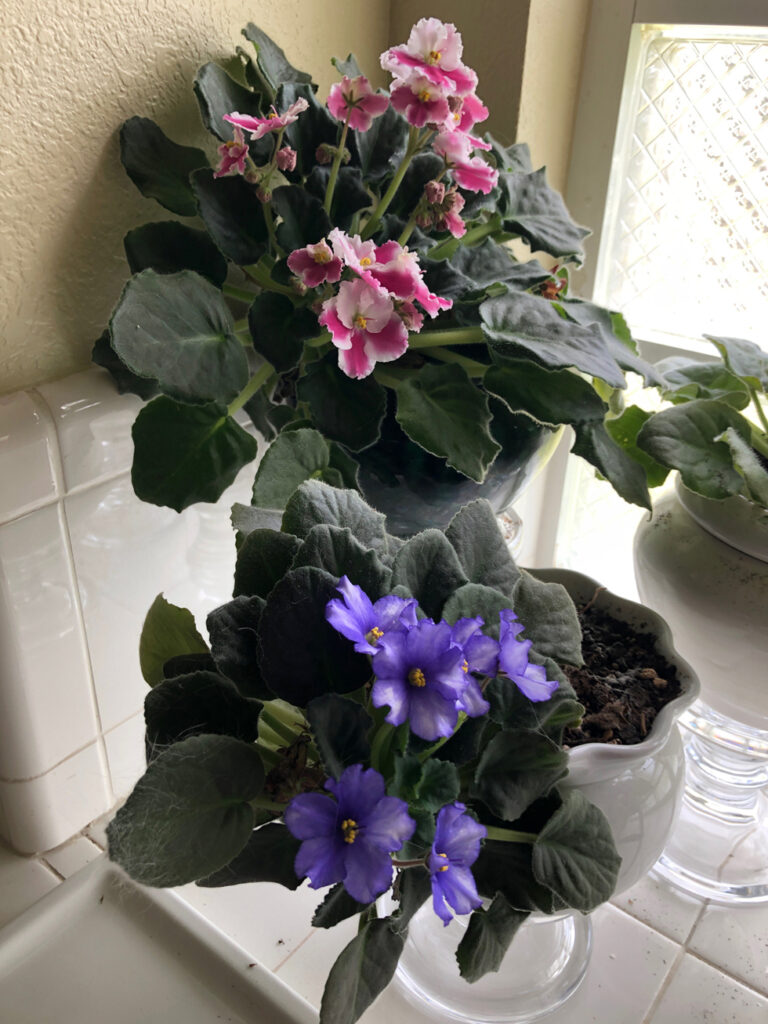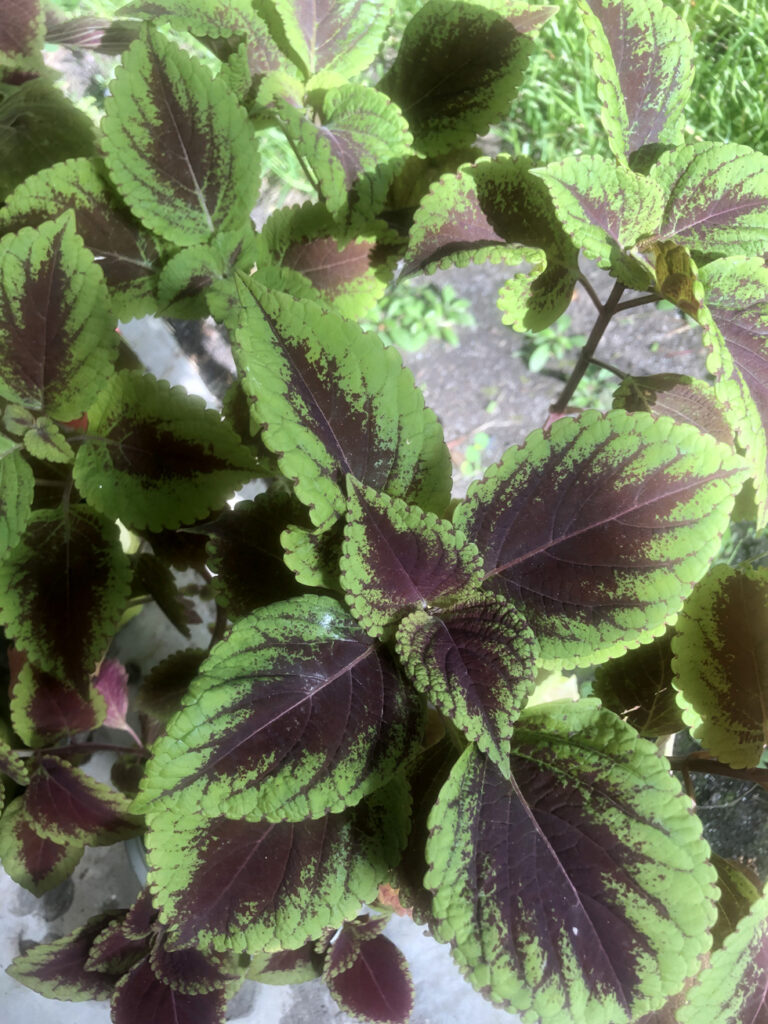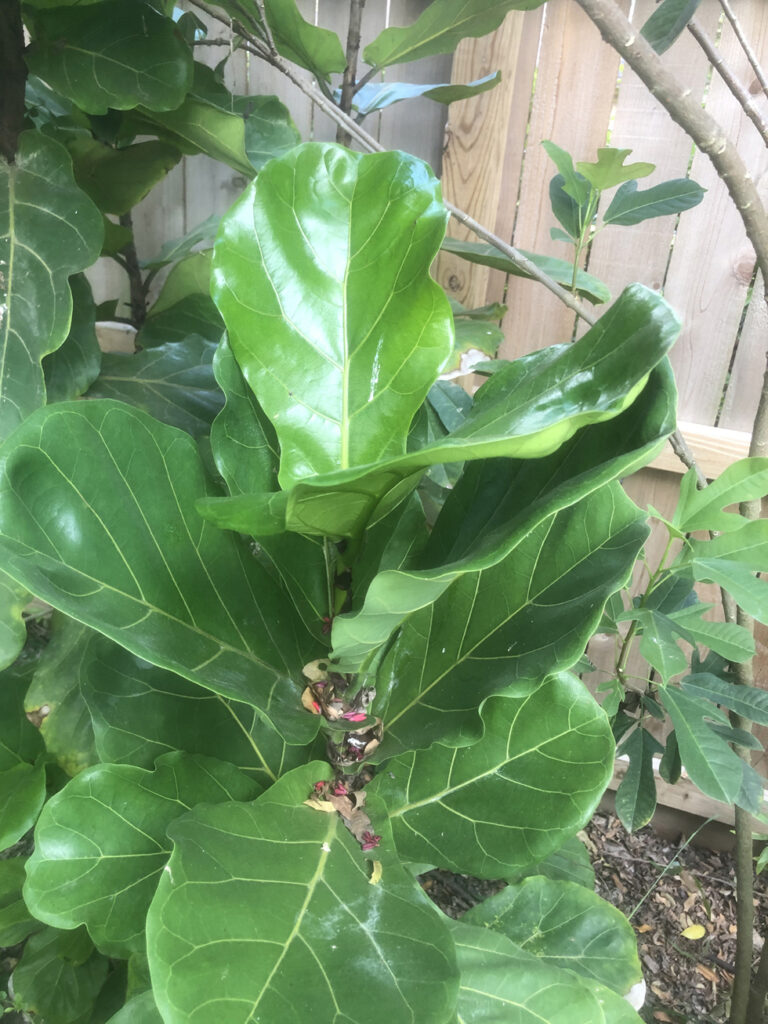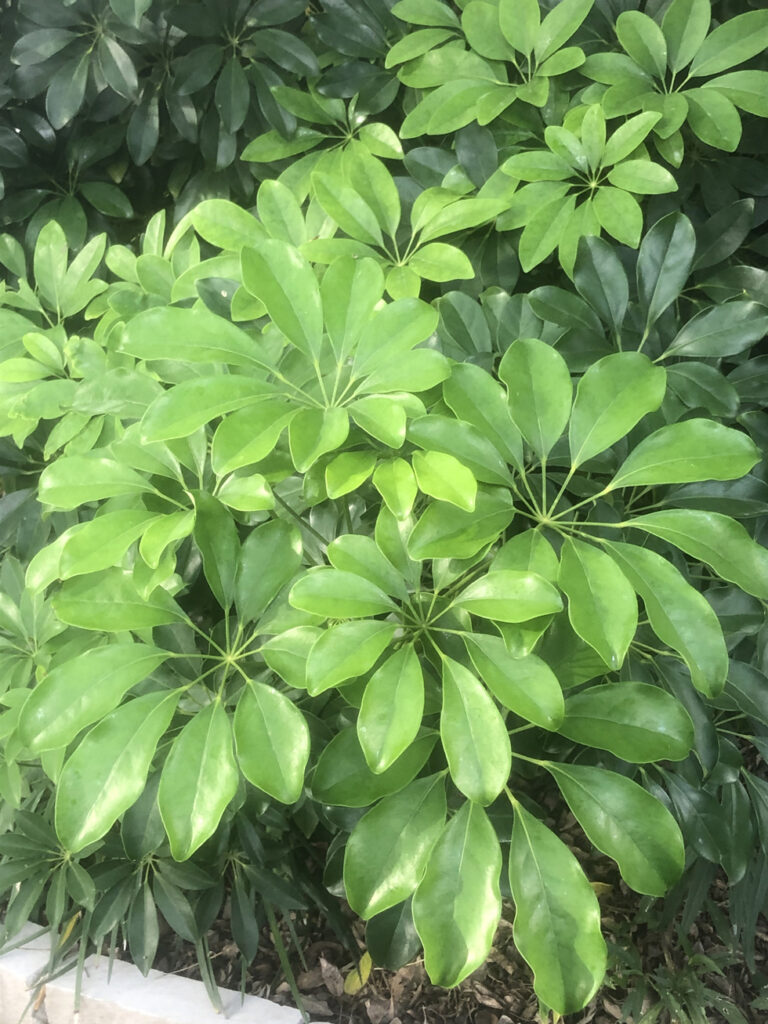- La Feria Community Holds Succesful Business Mixer Event
- Little Nashville to Take Place in Downtown Mercedes
- Lions Basketball Captures District Gold
- La Feria ISD Students Compete in Regional Chess Tournament
- Lions End First Half of 32-4A on a High Note
- La Feria ISD Held Another Successful Parent Conference
- Strong Appearance for Lions at Hidalgo Power Meet
- LFECHS Students Get to Meet Local Actress
- Students Participate in Marine Biology Camp
- Two LFECHS Students Qualify for All-State Band
Growing a hydroponic garden doesn’t have to be complicated
- Updated: August 20, 2020

By ANN JOHNSTON
LFN
A commercial hydroponic garden needs specialized equipment in order to grow plants. However, you can have a small water garden in your kitchen or any sunny south or east window in your house to enlarge the number of plants you have to enjoy.

The following plants have used water and sometimes special vases to propagate additional plants for many, many years. Mostly house plants, these old reliables like African violets, Christmas cactus, ivies, begonias and jade plants, can be started with a leaf that has a good 1-2 inch stem, and a container of water or soilless medium like perlite. Special vases or bottles with necks to hold the leaf itself out of the water will help form roots along the stem.

Larger plants that can live outside the house, particularly in our Lower Rio Grande Valley, can be propagated by simply pushing a 6-8 inch cutting into damp soil to cover one or two leaf nodes. Some plants that easily root are fiddle-leaf fig, frangi-pangi, schefflera and shrimp plant.

Suggestions: Succulents can be easily propagated by cuttings. The trick is to have a one-inch stem with no leaves and let it sit overnight to let the stem cut callous over. Then place it in a succulent mix and don’t water it! It holds water in its leaves and doesn’t need more for 2-3 weeks. By then it should have developed roots and can be watered. Be sure your pot drains well.
Hints: Be sure your knife or pruning shears are clean.

• Make an even cut through the stem.
• Remove a few leaves to have a one-inch stem.
• Use a spray bottle to water newly planted cuttings so water won’t move soil around. (Do this with seedlings, too).

Watch for- Plants inside and out that need some trimming or shaping and use what is removed to start a new plant.
Come back to the Garden Gate for some more hints, suggestions and something to watch for next week.


